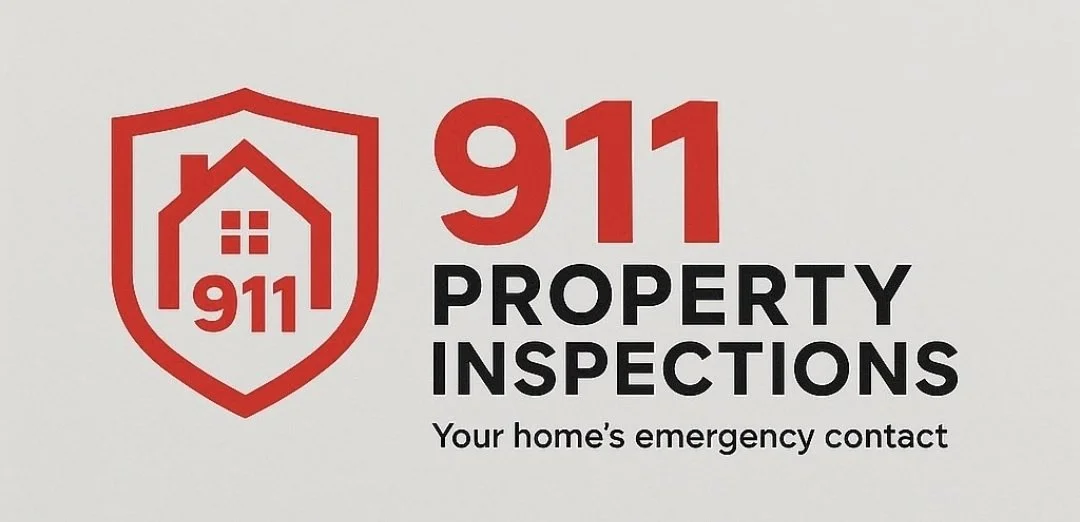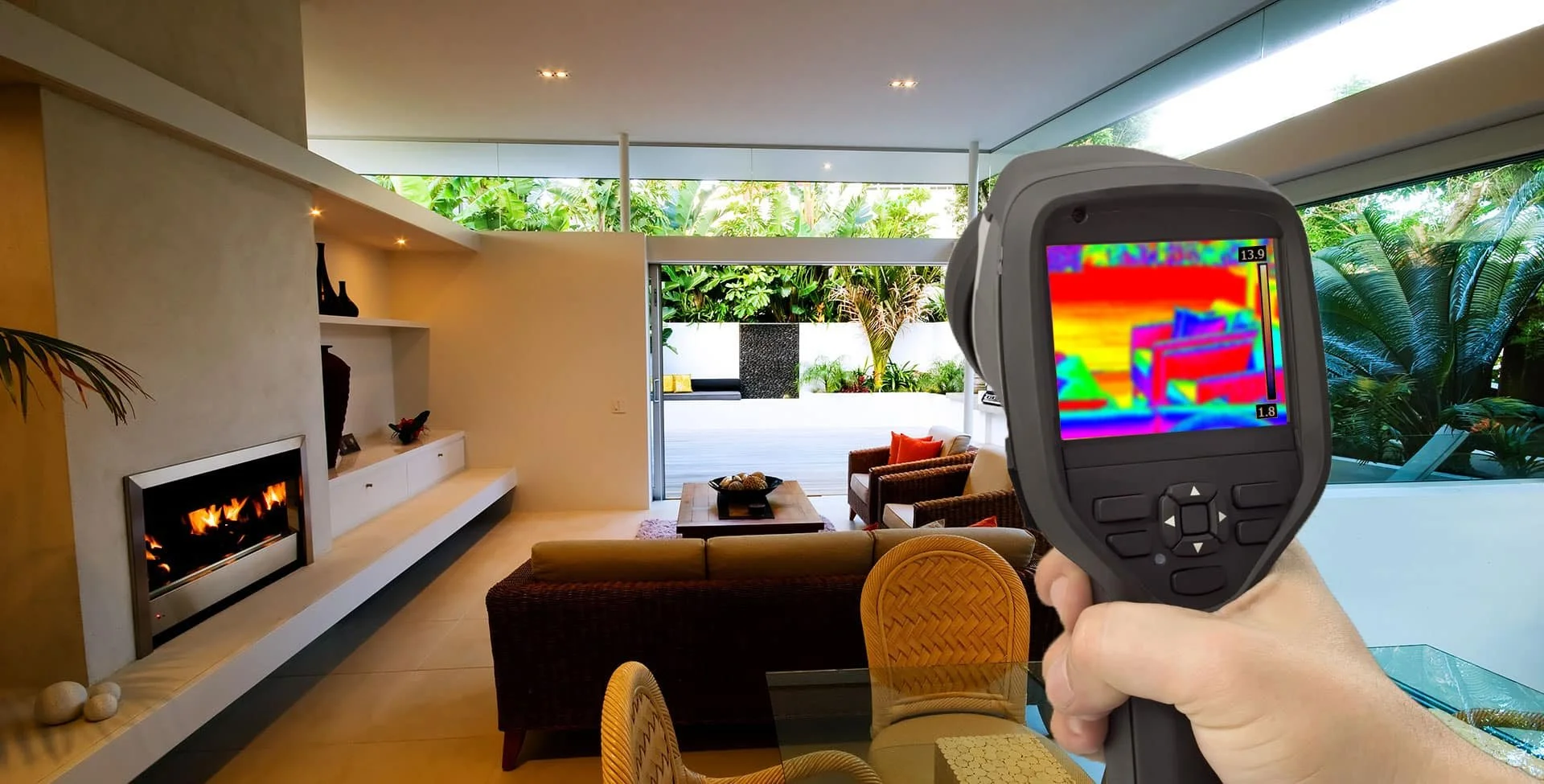infrared and drone technology
Infrared (thermal imaging) in home inspection uses specialized cameras to detect heat patterns, revealing hidden issues like water leaks, insulation problems, and electrical faults. These cameras capture infrared radiation emitted by objects, converting it into a visual image showing temperature differences, which can highlight areas of concern that are not visible to the naked eye.
Here's how it works:
Detecting Moisture:
Water leaks, even small ones, can cause temperature variations. Infrared cameras can detect these subtle changes, revealing areas where moisture is present.
Identifying Insulation Problems:
Insulation gaps, improper installation, or missing insulation can lead to heat loss or gain. Infrared imaging can pinpoint these areas, allowing for targeted repairs and improved energy efficiency.
Electrical System Issues:
Overloaded circuits or faulty wiring can generate excess heat, which infrared cameras can detect, potentially preventing electrical fires.
HVAC Problems:
Infrared can help identify leaks in ductwork, inefficient heating/cooling systems, and other issues related to the heating, ventilation, and air conditioning system.
Other Applications:
Infrared cameras can also be used to detect pest infestations, air leaks, and other problems that can affect a home's structural integrity and energy efficiency.
In essence, infrared imaging provides a non-destructive way to "see" beyond the surface and identify potential problems that might otherwise be missed during a standard home inspection.
Drones are used in home inspections to capture high-resolution images and videos of hard-to-reach areas like roofs, chimneys, and other high structures, providing a detailed view of potential issues without the need for physically accessing these areas. This enhances safety, efficiency, and the thoroughness of inspections.
Here's a more detailed look at how drones are used:
Enhanced Safety: Drones eliminate the risks associated with manual roof inspections, such as falls from ladders or damage to roofing materials.
Detailed Inspections: Drones equipped with high-resolution cameras can capture detailed images and videos, allowing inspectors to identify potential issues like roof damage, blocked gutters, or structural problems.
Improved Efficiency: Drones can quickly cover large areas of the roof, allowing for a more efficient inspection process compared to manual methods.
Areas of Application:
Roof Inspections:
Drones are commonly used to inspect roofs, including shingles, flashing, vents, and chimneys.
Chimney Inspections:
Drones can assess the condition of chimneys, including the crown, cap, and surrounding brickwork.
Documentation: Drone footage is included in the inspection report, providing visual evidence of the property's condition.
Benefits for Sellers and Buyers: Drones provide a comprehensive view of the property, potentially increasing transparency and trust in real estate transactions.


